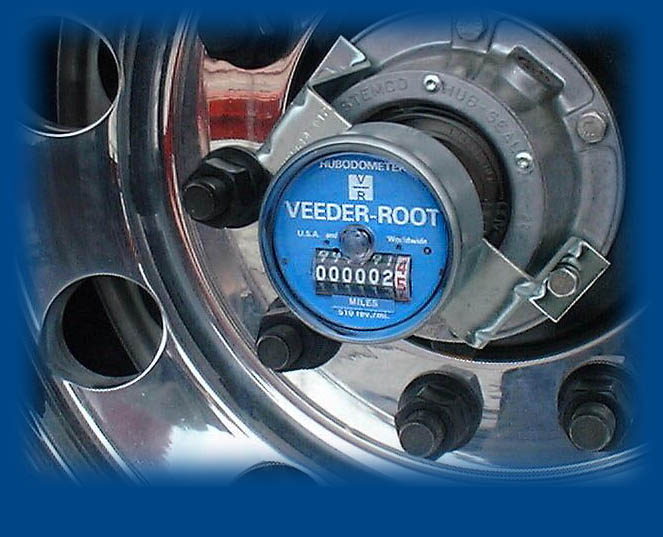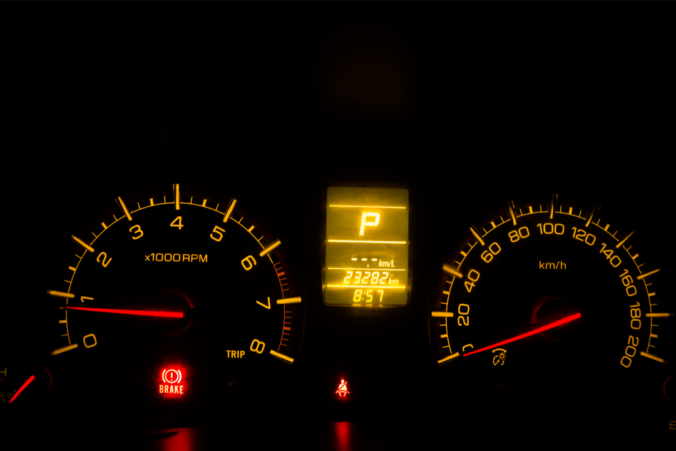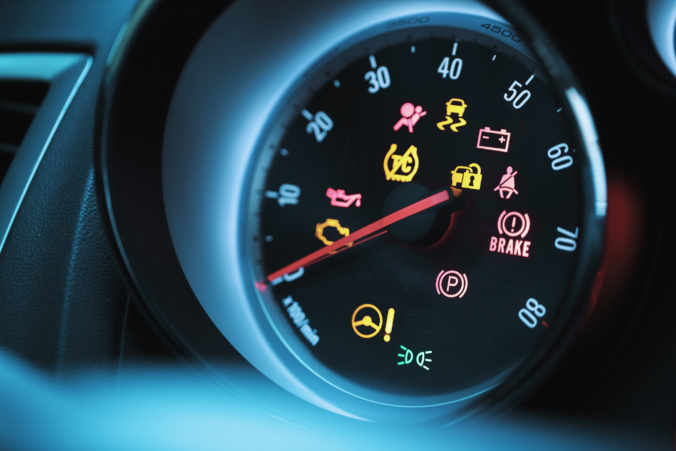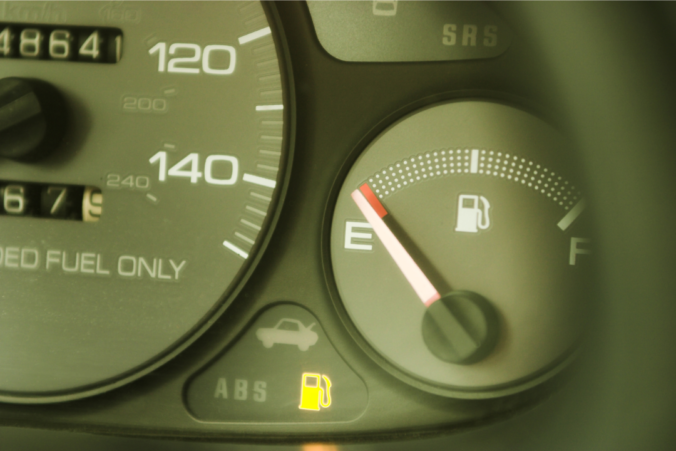Knowing the difference between a hubodometer and a speedometer can be crucial. Unfortunately, it is easy to confuse the two because they have a similar purpose. For instance, the speedometer focuses on a vehicle’s speed, whereas the hubodometer focuses on the distance traveled. While they are miles away, they are easily confused. They both have an important part to play in the operation of a vehicle. So, what are the differences between hubodometers and speedometers and what should you know about them?
The Purpose of the Hubodometer
While odometers are often most in most vehicles, hub odometers are mostly utilized within tow trucks, heavy goods vehicles, and commercial buses. The hub odometer essentially shows the distance the vehicle has traveled. For example, if you have a trailer or tow truck, the hub odometer sits on the wheel’s axle. It can be used to calculate road charges and other such costs.
The Purpose of the Speedometer
Speedometers measure the speed of the vehicle. For instance, if you’re traveling 24 miles per hour, that will be the reading on the speedometer. You get a real-time calculation of your speed. So, while they are similar to the hub odometer, they have a different purpose. The focus is on the current speed.
Why Do Vehicles Use a Hub Odometer?
A hubodometer (also referred to as a hub odometer) is widely used by those who want to keep on top of their maintenance schedule. For example, your vehicle is recommended for servicing every twelve thousand miles. You would not be able to calculate this unless you used a hub odometer. It’s the same for those who run a commercial haulage company; they must know the distance traveled to accurately bill a client. Of course, there are other purposes, including the resale of a vehicle.
Are Vehicles Required to Have a Hub Odometer?
While it can be advisable to own a hub odometer, it isn’t a legal requirement or necessity. It really depends on the vehicle you own and for what purpose you use it. For example, you have a small U-Haul truck. It’s used at least three times a week to transport loads across the country. While you don’t think a hub odometer is necessary, it can be incredibly useful. You can tell the distance covered which could help you bill clients more accurately.
Do You Need a Hub Odometer?
Again, it depends on the vehicle in question and how you use it. If you own a fleet of commercial buses, then hubodometers are a necessity. It’s the same with haulers and tow truckers. You are more likely to benefit from a hub odometer. Of course, everyday vehicles can also benefit from a hub odometer. For instance, if you wish to sell the vehicle at some point, you have an accurate mileage count.
Be Clear and Know What Your Vehicle Does
It’s easy to confuse speedometers with hubodometers because they have a similar purpose. Of course, they differ because the speedometer focuses on current speeds. Hubodometers focus on the mileage of a vehicle. Both can be incredibly necessary. While a speedometer might seem the only necessity, hubodometers have a role to play. A hubodometer can be a useful tool for tow truck drivers, transporters, and other haulers too.




